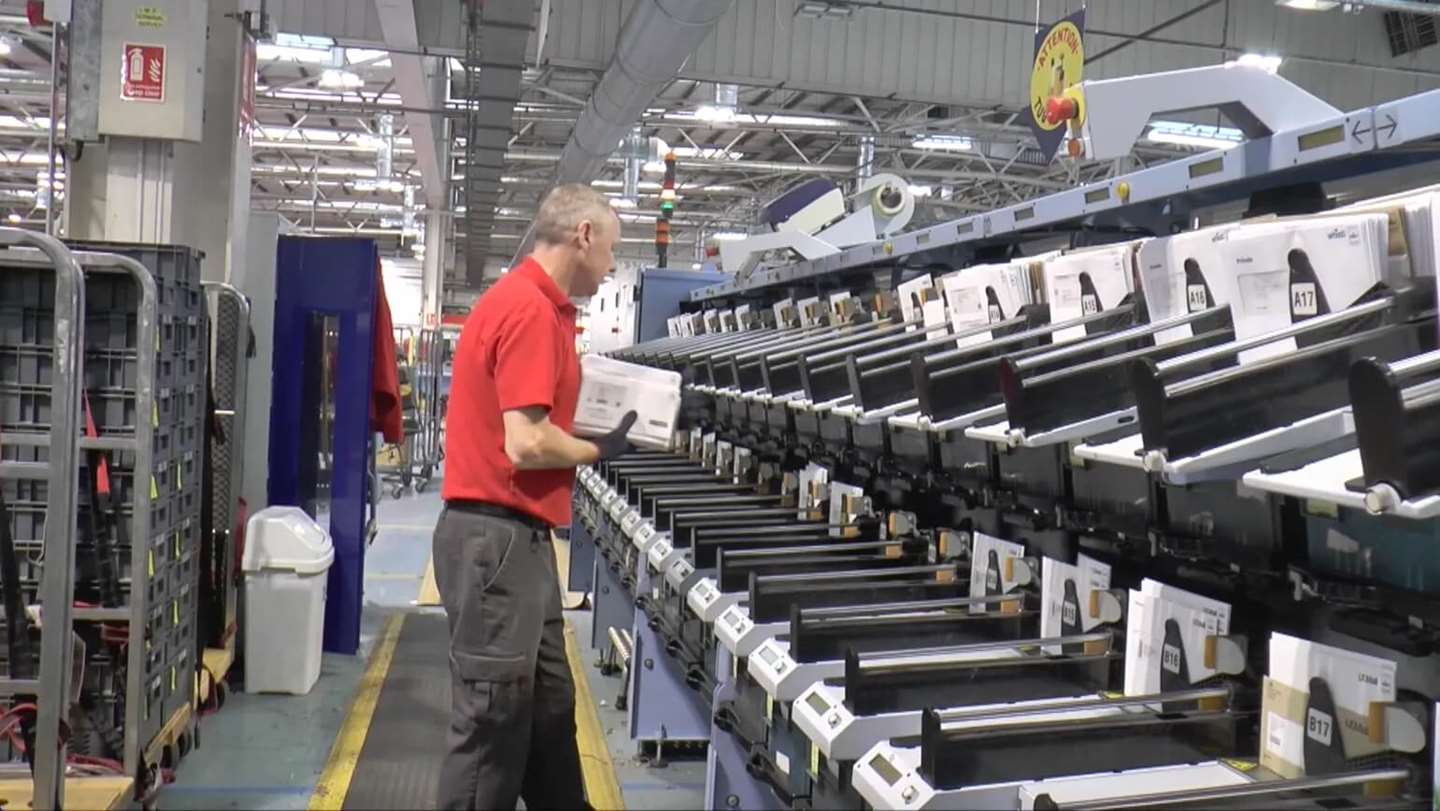And while the numbers of campaigns and run lengths may have gone down, many mailers found that their clients were increasingly looking for better targeting, to avoid their ROI falling off a cliff on any campaigns they did put out.
In a recent poll of Printweek readers asking ‘Has the direct mail you receive changed since the start of the pandemic?’ nearly a quarter (24%) said the mail they now receive is more targeted, while 34% reported no change and 42% felt it was less targeted. Feedback on volumes of mail received was also mixed.
But more specific targeting is increasingly happening, at least according to many direct mailers across the country, and it is “data, data, data” that is helping to achieve this, according to Ben Snutch, group sales and commercial director at Go Inspire Group.
“By using the data insights, we can offer personalisation and targeting that is more effective than ever before. Going forward it is highly likely that the goalposts will continue to move within the trading environment. Therefore, agility will be key for many of our customers.
Go Inspire saw mail volumes dip back in April to around 50% of normal levels, but as of November Snutch says the business was seeing volumes at around 80% of pre-Covid levels.Many brands and businesses that continued to advertise during the pandemic are likely to have experienced better than expected results, with direct mail proving its resilience more than ever as a captive audience, often with more time on their hands, were waiting at home.
The Q2 findings from the Joint Industry Committee for Mail (JICMail), which covered the first national lockdown, reported record-breaking double digit increases in the effectiveness of direct mail and door drops.
In the JICMail stats for Q3 the average piece of direct mail was interacted with 4.43 times, with an 8.4 day lifespan in the home, door drops were interacted with 3.03 times on average, with a 6.4 day lifespan, and business mail was interacted with 4.93 times, with a lifespan of 9.5 days.






